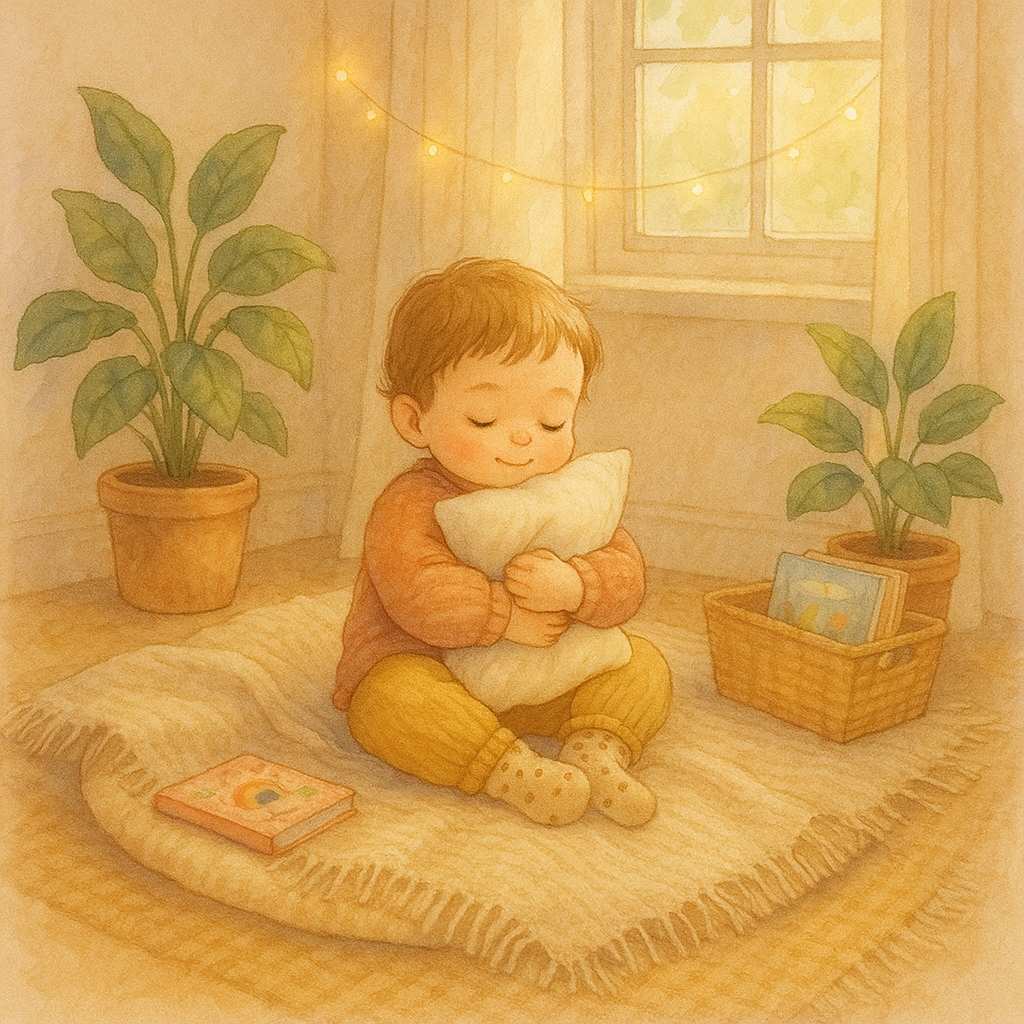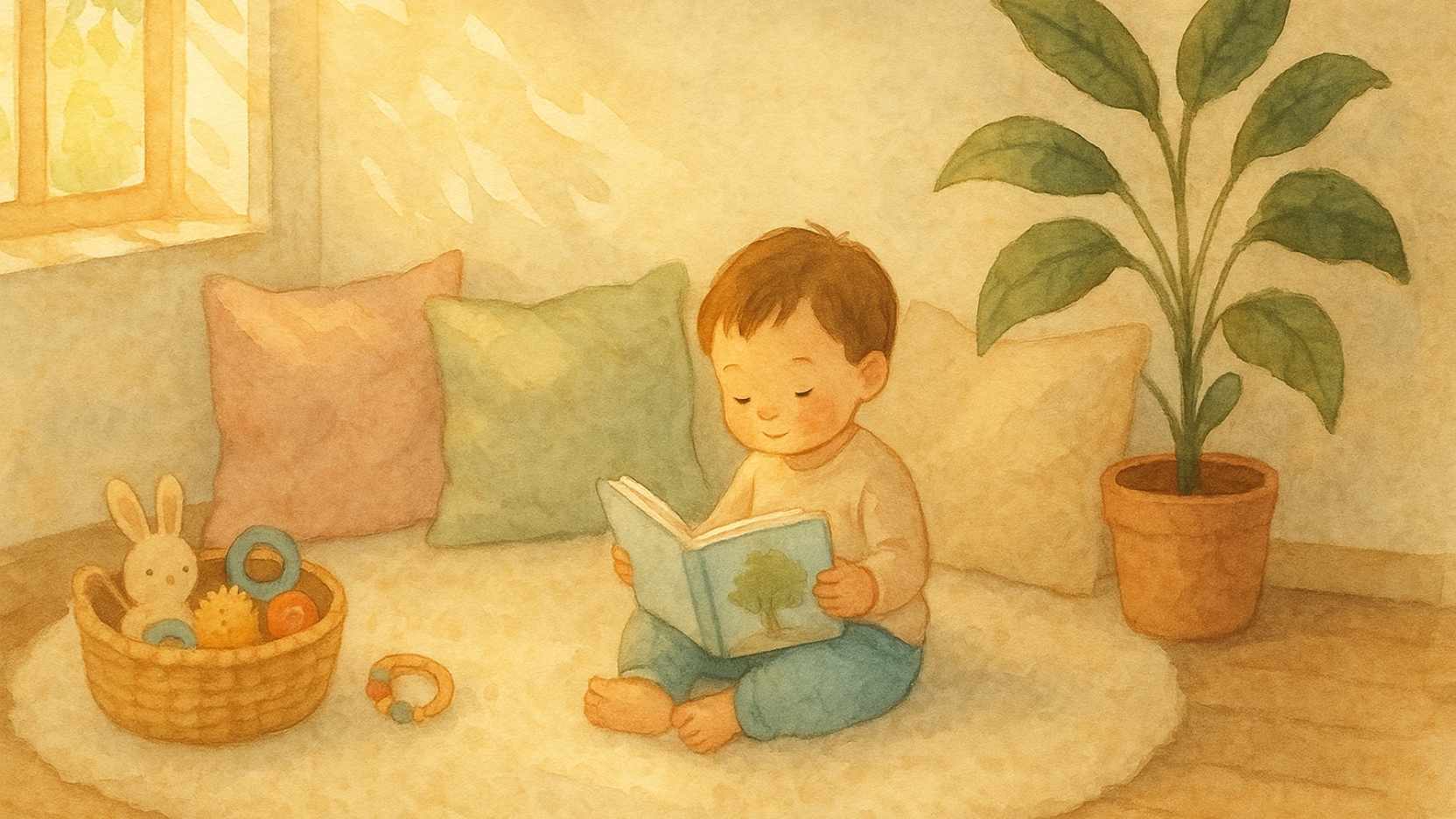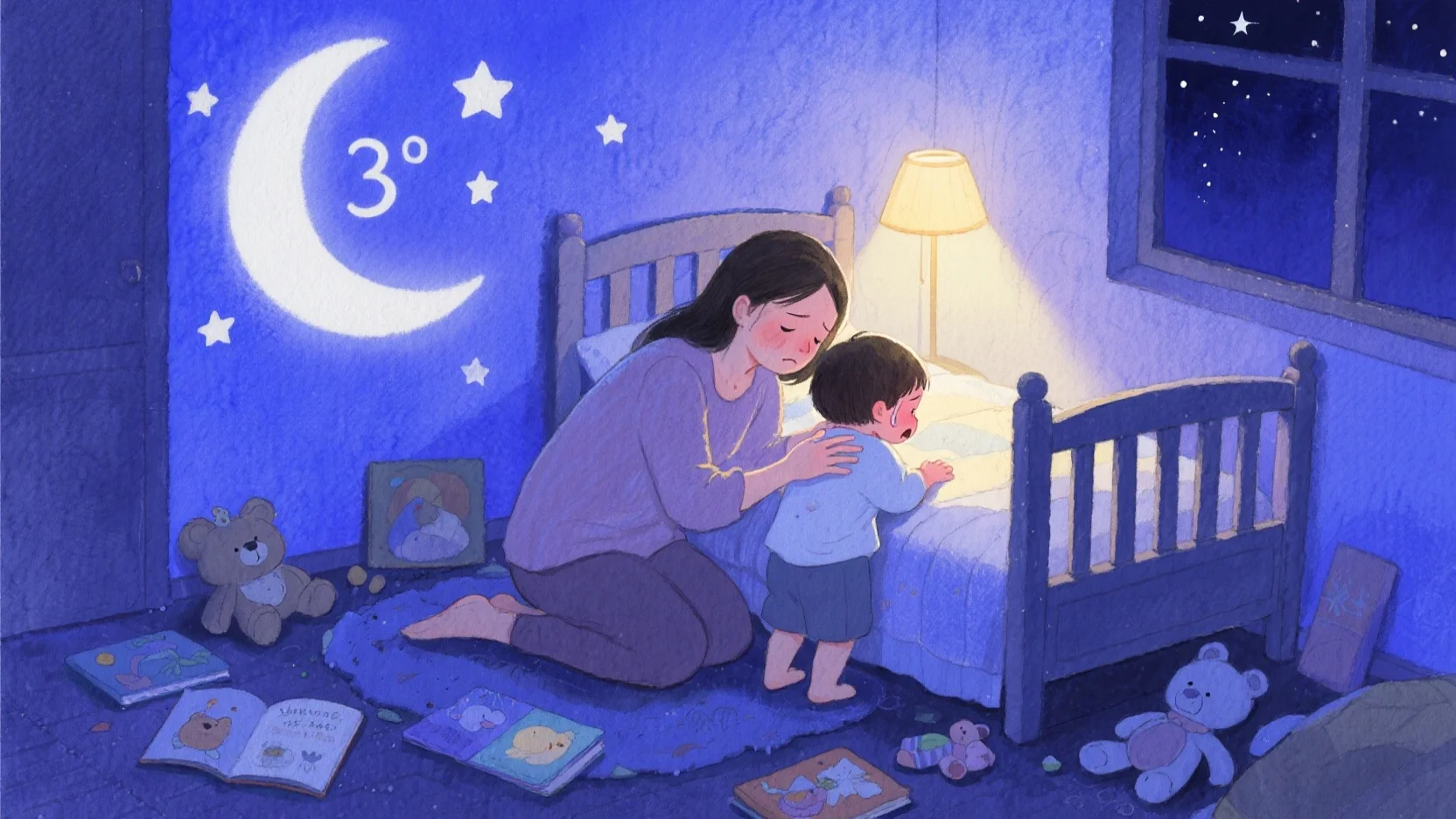Turning a busy house into a soothing retreat doesn’t require a renovation—just a few thoughtful tweaks. A dedicated “calm‑down corner” offers little ones a safe spot to slow their breathing, sort big feelings, and practice self‑regulation. Below is a parent‑friendly guide to designing (and using) this mini sanctuary. 🌿
🌈 Why Kids Need a Calm Space
Children feel emotions as intensely as adults—but they haven’t yet mastered healthy coping skills. A meltdown often starts when a toddler or preschooler:
- Lacks tools to manage strong sensations 😖
- Feels overwhelmed by noise, crowds, or transitions 🔊
- Needs alone time to reset 💤
Teaching them to retreat before anger peaks shows that feelings are normal—and manageable.

🏡 What a Calm‑Down Corner Is (and Isn’t)
Think of it as a “slow‑down station,” not a punishment zone. Unlike the traditional time‑out, this space is:
- Child‑chosen: They decide when to go.
- Emotion‑focused: The goal is to breathe, think, and feel.
- Cozy & inviting: Soft rug, pillows, books, sensory toys, or a small fort. 🧸✨
Any quiet nook will do—a corner, closet floor with twinkly lights, even a tent in the living room. The only must‑have is comfort and safety.
⏰ When to Guide Them There
Help your child notice early warning signs—tears welling, fists clenching, voice rising. Gently suggest the calm spot:
- Early in a spiral: “I see your hands getting tight—want to head to your calm corner?”
- After too much excitement: Joy overload can tip into tears; a brief reset keeps playtime fun. 🎉→😅
- Never as forced discipline: If you’ve used time‑outs for rule‑breaking, clarify that the calm corner is different—their tool, not your penalty.
🪄 Setting It Up: Quick Checklist
| Item | Purpose | Fun Twist |
|---|---|---|
| Plush mat or blanket | Grounding comfort 🛏️ | Pick kiddo’s favorite color |
| Basket of picture books | Shift focus 📚 | Include stories about feelings |
| Sensory objects | Calm busy hands 🖐️ | Stress ball, squishy dough, smooth stones |
| Headphones & soft music | Lower noise level 🎧 | Play gentle nature sounds |
| Feelings chart | Build emotion vocabulary 😊😢😡 | Let them move a clip to match their mood |
🗣️ Debrief After the Storm
Once your child re‑emerges calmer:
- Reflect together: “What made you choose the calm corner?”
- Name feelings: “Were you more angry or frustrated?”
- Plan ahead: “Next time you feel the tight fists, what can you try first?”
These chats turn each episode into a mini‑lesson in self‑awareness and empathy.
🌟 Key Takeaways
- A calm‑down corner nurtures independence, confidence, and emotional intelligence.
- Let children choose to use it; don’t drag them there.
- Equip the spot with cozy textures, quiet activities, and visual emotion aids.
- Follow up with a gentle conversation to reinforce self‑regulation skills.
Create your own calming haven today, and watch big feelings shrink to kid‑sized challenges. 💖
More Reads You’ll Love
- The Fun Mom’s Discipline Handbook 📔
- Discipline That Doesn’t Involve Yelling 🗣️➡️🤫
- 7 Common Discipline Mistakes (and Fixes) ✅








